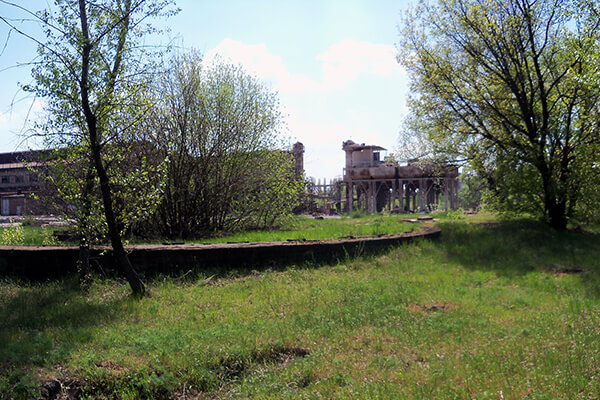
What is pavilion 13 of VDNKh hiding in Kyiv?
Abandoned mine in Kyiv, Ukraine.
VDNKh – what does it mean and its role in our history
The Exhibition of Achievements of the National Economy, now the official name of the National Complex «Expocentre of Ukraine« (VDNKh) is a large-scale complex of pavilions, each of which specialized in a certain segment of agriculture and industry of the URSR.


History
The idea and the possibility of creating an exhibition complex begins with the petition of Nikita Khrushchev. It was he who was able to ensure that Kyiv acquired its own VDNKh, which could personally demonstrate the achievements of the industry, both to citizens of the union and to foreign guests. This was the idea of drawing attention to Kyiv and Ukraine as a whole.
The start of construction of the central part of the complex begins in 1952 and lasts 6 years, until its official opening on July 6, 1958. At the moment, the complex with an area of 287 hectares has more than 180 structures, of which 18 buildings (pavilions), which have the status of historical and cultural monuments of Ukraine.
But in this article, we will talk specifically about the 13th pavilion, about the one in which the original model of a coal mine is located, dedicated to the coal industry of Ukraine.
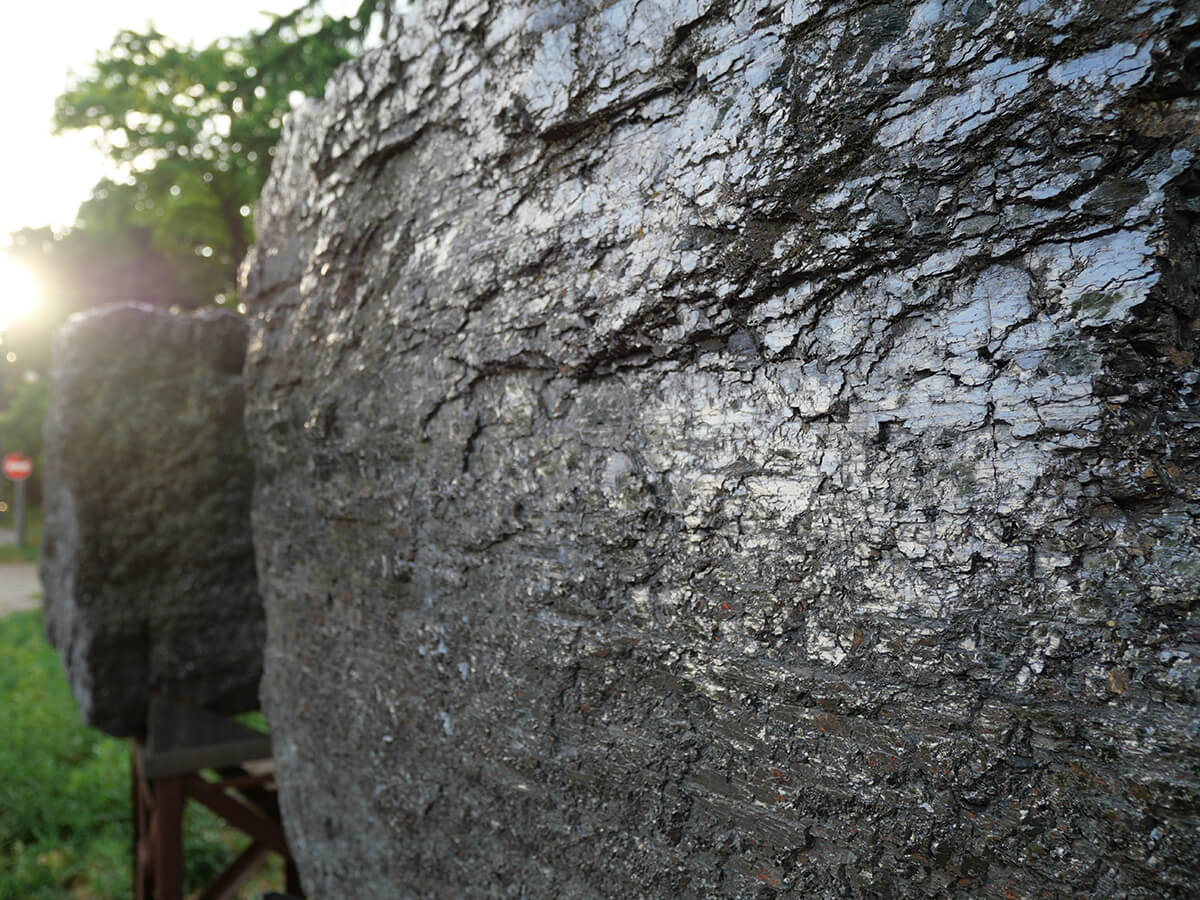
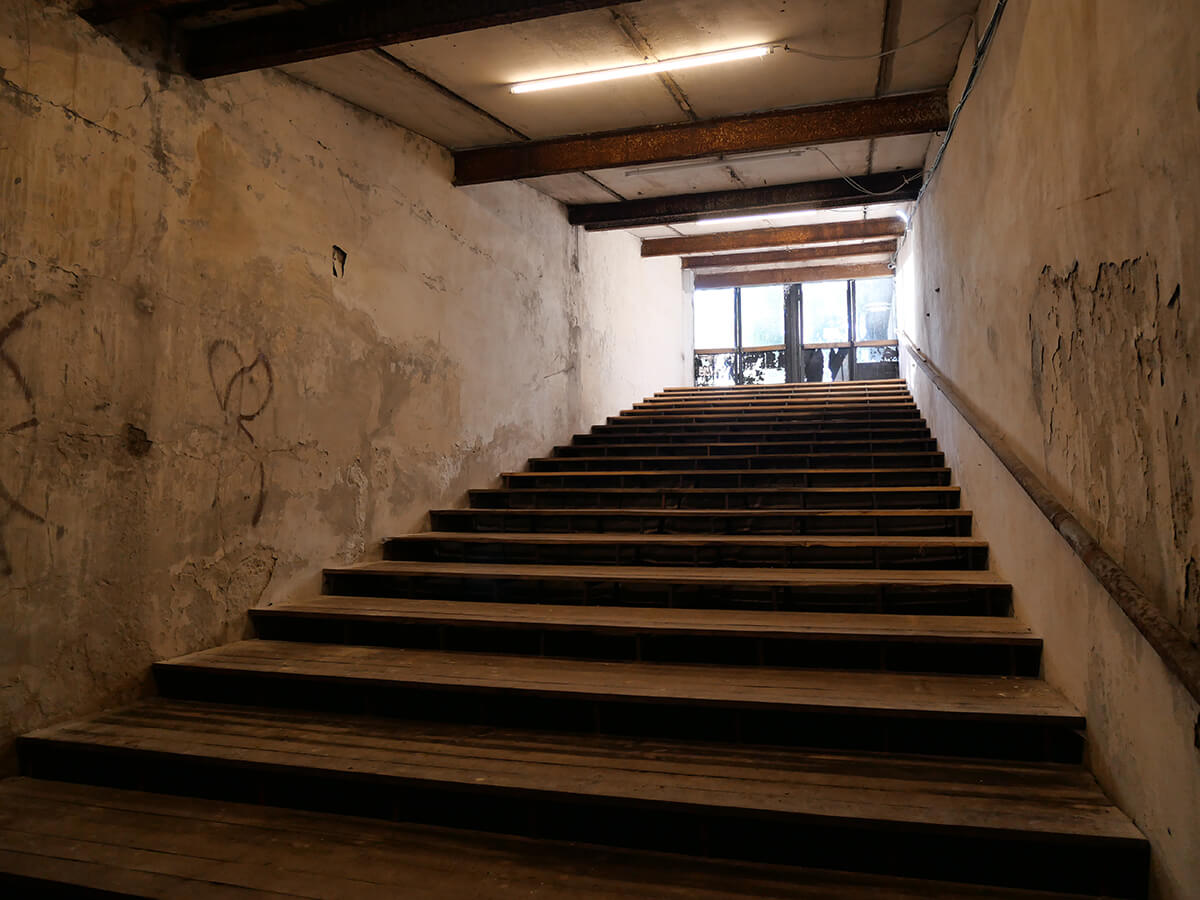
Pavilion 13
This location is one of the most interesting in the entire VDNKh, from those that have survived to this day. The layout of the coal mine allows you to visually get acquainted with the mining industry, a copy of which, in natural size, is located here – in Kyiv.
Initially, before the collapse of the union, the pavilion was fully equipped with all the equipment that the original mine had. Everything worked and functioned, I think that if you were a real miner for the extraction of energy, then it would be impossible to distinguish the original from the copy.
In the original layout, the visitor could see the face of the fossil, walk through various workings and horizons, go down and up in a real mining cage, see the technologies used in the work, and also put all the necessary mining equipment into operation.
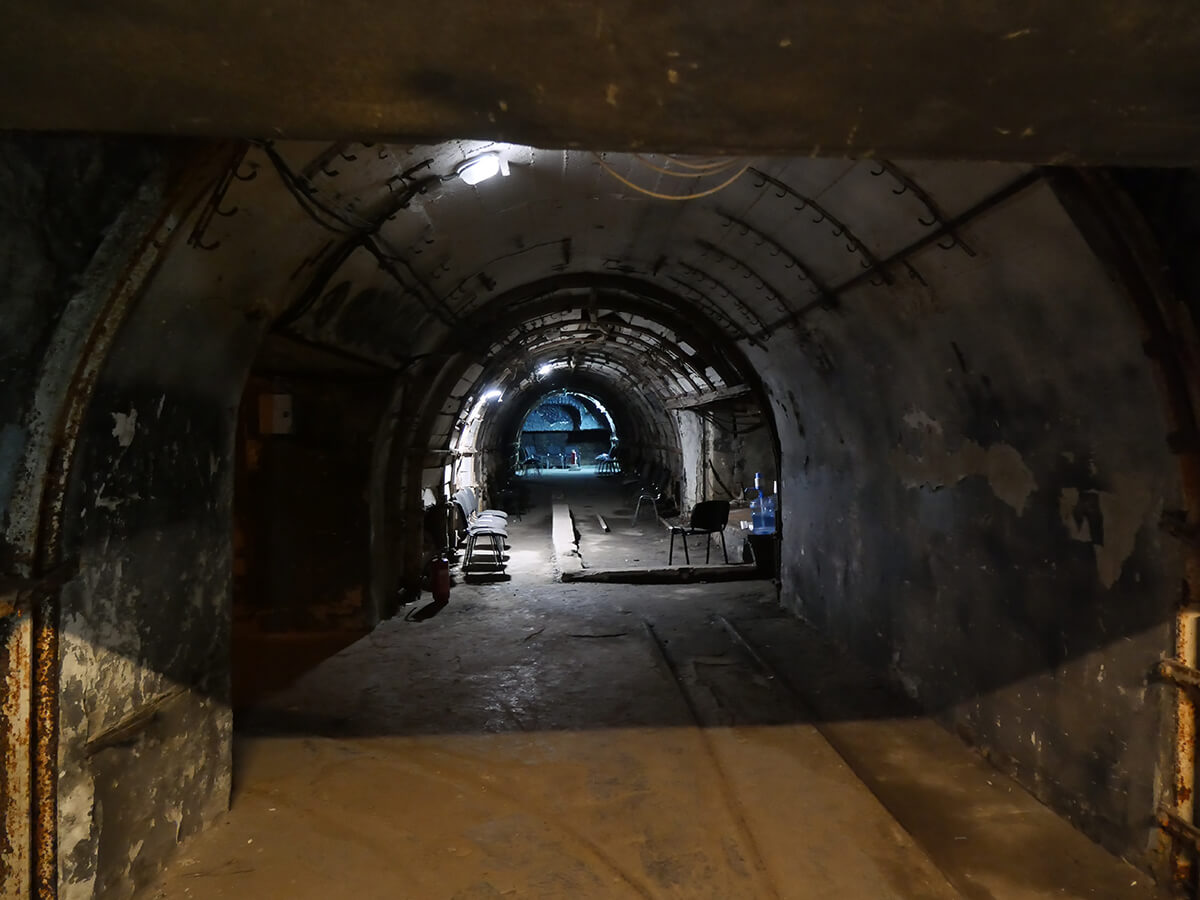
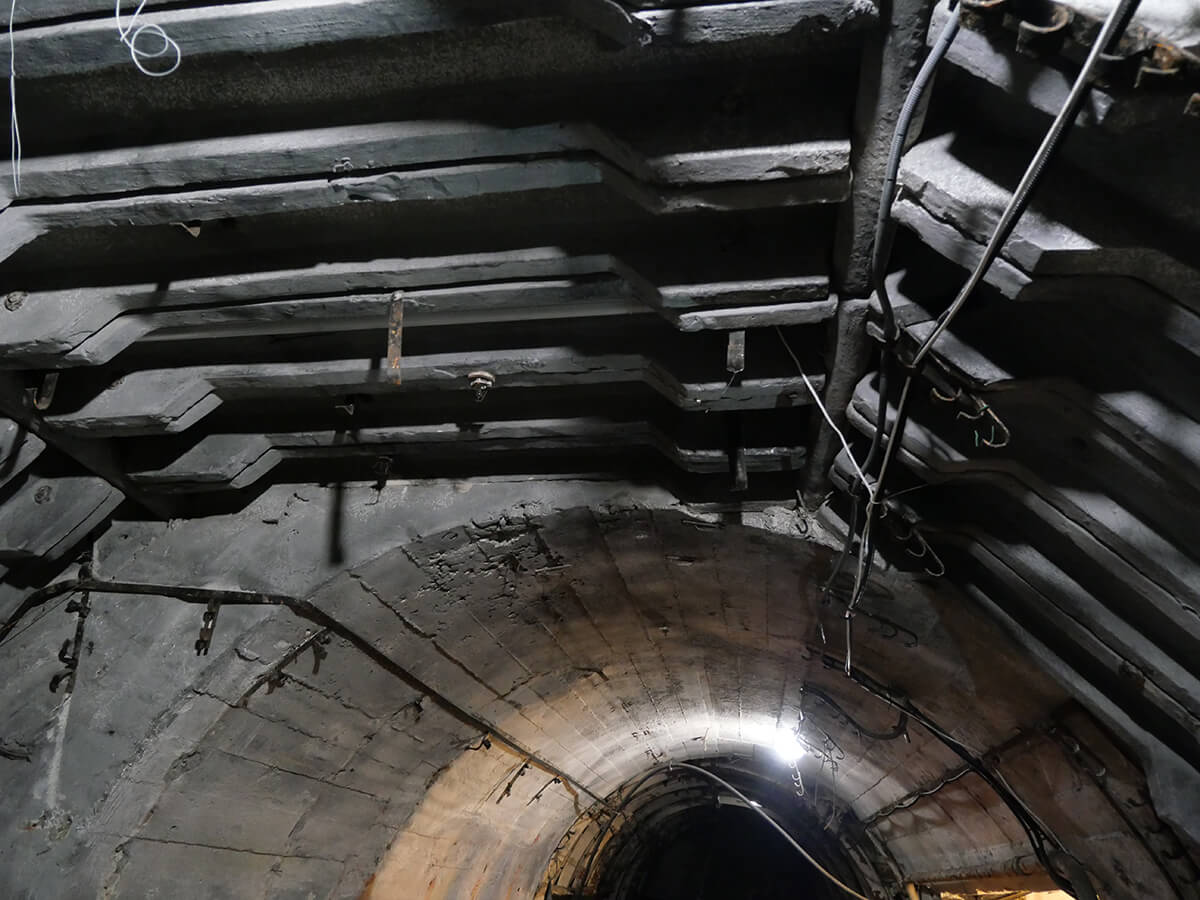
What now?
At the entrance to the 13th pavilion, each visitor is greeted by two large coal cubes – this is anthracite. They clearly demonstrate what is mined in the mine and what the visitor will see. The exposition consists of two main parts, ground and underground.
The upper part is the so-called “mine building”, inside which there are elevators, facilities for lifting ore, as well as other equipment necessary for the operation of the mine shaft. In turn, the lower part, under the pavilion, directly mine horizons.
*It is worth noting that the entrance to shaft 2 – one is inside the pavilion, and the second is inclined, directly behind it.
Two years ago there was a cultural pavilion here, but now it is closed and there is no way to get into it. Of course, this created a feeling of incomplete “exploration” of the location, but realizing that most of the equipment was cut off a long time ago, it wasn’t particularly appealing.


Going down the «tilt» to the first horizon, there are a number of niches, some of them are covered with plasterboard, and some are simply empty, hinting that some equipment was once located in them. A little deeper, parallel to the first horizon, the second one runs. It also represents different types of elements for prefabricated fastening of tunnels, metal, concrete and wood. A lot of mortgages for cables indicates the absence of both equipment and the cables themselves. The latter were handed over for metal along the way.
Not so long ago there was a trolley in the mine, at least it was noted in a post from 2017, it is also gone, as well as traces.
After passing through the lower tunnel, you can immediately pay attention to 2 “elevators”, one of which is equipped with rails. These are real mining cages, one of which was used to lift the cart with ore, and the second passenger one, which was used for visitors in the past. Based on this principle of operation of the pavilion, it can be assumed that the inclined entrance was either an emergency or an emergency exit, or maybe not both. But what is it, but they are perfectly preserved!
If you wish, you can get to the pavilion on an excursion, which, with pleasure, will be held by Oksana Purik.





